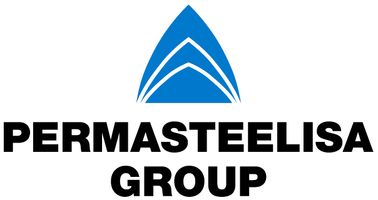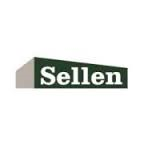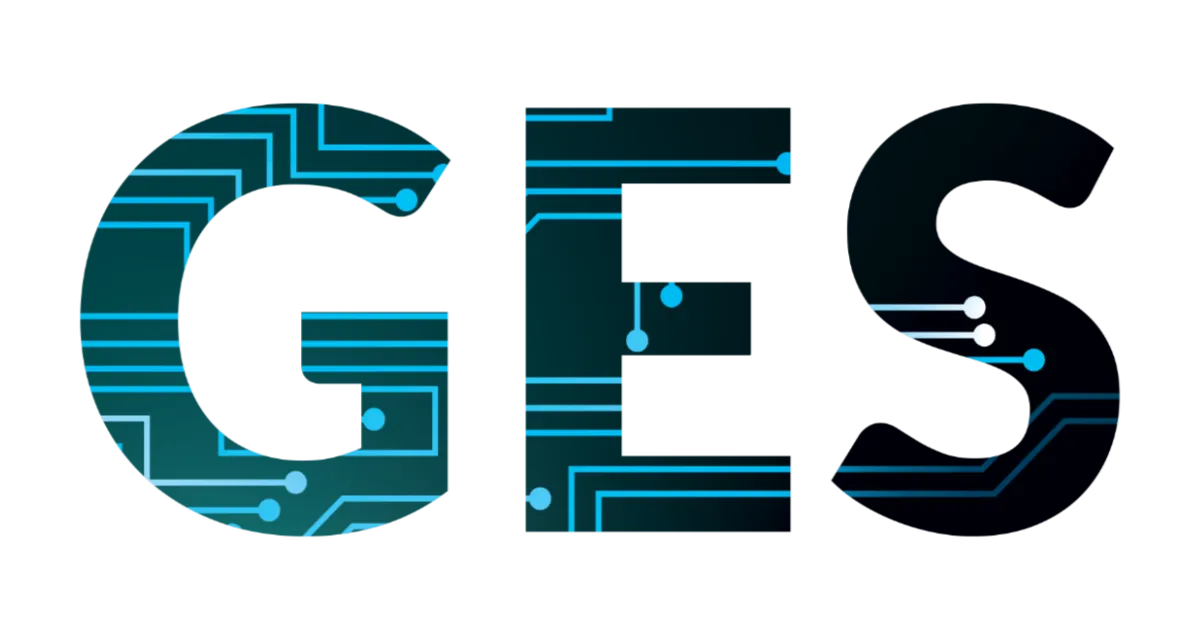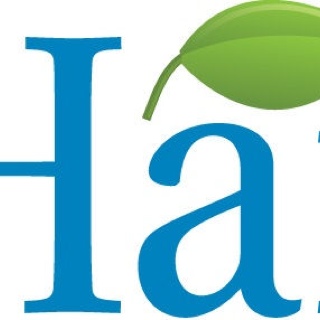Information
-
THIS SITE HAS BEEN RATED:
- A
- B
- C
- D
-
Document No.
-
Job #
-
Job Name
-
Conducted on
-
Prepared by
-
Location
-
Personnel
Incident and Injury Free (IIF)
-
Is the IIF board posted and updated?
-
Is supervision participating in stretch and flex?
-
Is supervision participating in the MTA's
-
Percentage of co-workers gone through IIF orientation
-
Have this project reported any incident this month?
OSHA and B | DC, General Requirements and Posting
-
Is a well stocked first aid cabinet on site and inspected weekly?
-
Is the first aid log posted on the cabinet?
-
Is incident reporting procedure posted?
-
Is the 5-in-1 poster & emergency action plan posted?
-
Are toolbox meetings being conducted and documented?
-
Are MTA's conducted and documented?
-
Are First Aid / CPR trained co-worker on site?
Personal Protective Equipment (PPE)
-
Are all coworkers wearing hardhats, and eye protection?
-
Are coworkers wearing ear plugs where they are required?
-
Are co-workers wearing face-shield when shipping, blowing the deck or cutting steel?
-
Are co-workers wearing traffic vest where they are requirred?
-
Are co-workers wearing appropriate gloves for the task?
-
Are co-workers wearing respirators when graining or working on a dusty environment?
-
Are coworkers wearing proper clothing and work boots?
-
Do coworkers have tarsal guards on during required tasks?
-
Did coworkers inspect PPE prior to the start of their shift?
Personal Fall Arrest System
-
Are coworkers using these system when required?
-
Have the coworkers been trained in the use of these system and using system correctly?
-
Is the equipment installed correctly and in good condition?
-
Are proper tie-off points used?
Sanitation
-
Are toilet facilities adequate and reasonably clean?
-
Are drinking cups placed into the trash containers and the trash containers located next to all water cans?
-
Are water containers cleaned and clearly marked of the contents and dated?
Fire Protection
-
Have coworkers been trained in the use of fire extinguishers?
-
Are extinguishers inspections current and extinguishers are in good working order?
-
Is there a fire extinguisher within100 feet of all work areas?
-
Do fuel cans have flame-arrester screen and self closing lid?
-
Is a fire extinguisher located 25 to 75 feet from outside storage tanks and the storage tank(s) grounded?
-
Are adequate "NO SMOKING" signs provided in fuel storage areas?
-
Are portable storage containers properly marked?
Signs and Barricades
-
Are signs and barricades used to protect the public from job hazards?
-
Are stripping signage and barricades adequate?
-
Are leading edge signage in use when needed?
-
Are coworkers trained in the difference between caution and danger tape?
-
Is caution and danger tape being used properly and removed when not needed?
House Keeping, Material Handling, and Rigging
-
Are all aisle-ways and emergency routes clear of materials and debris?
-
Are storage material near guardrails or leading edge?
-
Are nails removed from scrap lumber?
-
Are materials on upper floors secured to prevent displacement?
-
Are non-compatible materials separated?
-
Is picking eye available and used on forklift?
-
Is rigging inspected daily and in good condition when in use?
-
Are nylon straps free from cuts, frayes, or damage?
-
Do wire ropes have legible tags and free from damage? (Not kinked, crushed or bird caged) ?
-
Are whistles being used when flying material overhead?
Tools
-
Are tools requiring guards equipped and in good working order?
-
Are accessory handles present on drills, grinders?
-
Are carpenters using two hands on saw?
-
Are electrical cords in good condition?
-
Are the data plate on tools legible?
-
Are tools being inspected and used properly for the task?
-
Are hoses on the air compressor secured?
-
Has the saw depth been checked prior to cutting?
-
Are coworkers trained to operate powder actuated tools?
Electrical
-
Are GFCIs being inspected on a weekly basis and in good working order?
-
Are temporary lights properly suspended?
-
Are all electrical boxes, cords, receptacles, breakers, etc. being used for their intended use per NFPA, NEC, OSHA and their UL rating?
-
Are cords running from boxes protected from cutting or pulling from box?
-
Are extension cords being inspected daily?
-
Are ground pin present on tools?
Ladders
-
Are the spreaders on the step ladders locked?
-
Are ladders inspected and in good condition with all required labels?
-
Do side rails extend 36 inches above landings or ladder extensions installed?
-
Are extension or job made ladders tied off or is an coworker holding the ladder?
-
Are doorways barricades when ladders are set in from of them and a clear access/egress to the ladder?
-
Are coworkers using ladders properly?
-
Are job made ladder built properly (no double-headed nails)?
-
Is the ladder placed at the proper angle (1-4)?
-
Are double ladder or 2nd ladder when 25 + co-workers on deck?
-
Are the manufacturer's labels affixed and legible?
Excavations
-
Are coworkers protected from falling into pier or similar holes?
-
Is the competent person present?
-
Are excavations that are 5 feet or deeper in depth properly sloped, benched or shored?
-
Have provisions been made to control water accumulation?
-
Have excavations of 20 feet or more in depth been designed by a PE?
-
Is heavy equipment kept a safe distance from the edge and the spoil pile a minimum of 2' from the excavation?
-
Has proper access and egress been provided? (1 ladder every 25 coworker or every 25')
-
Are the utility locates less then 10 days old and clearly marked?
-
Is excavation properly barricaded and signs posted?
-
Are utility locates clearly communicated with backhoe operator or were they pot-holed to the depth?
-
Are under ground utilities protected while excavation is open?
Floor and Wall Openings, Stairways and Roofs
-
Do all holes (2" or more) or perimeters that are 6 feet or more above a lower level have guardrails or hole covers?
-
Are hole covers secured, marked "hole" or "cover" and capable of supporting intended loads?
-
Are coworkers protected from falling objects?
-
Are stacked materials kept at a safe distance from the toe boards?
-
Do guardrails and stair nails meet OSHA requirements?
-
Are steel stair pan treads filled?
-
Is proper fall protection provided when needed?
-
Are stairs and ladders properly constructed (no double-headed nails)?
-
Are guardrail cables flagged every 6' with high visibility material?
-
Is there access/egress for changes in elevation greater than 19" for walking working surfaces?
Structural
-
Is there proper access/egress on elevated decks?
-
Is there proper fire extinguishing equipment available?
-
Are all protruding vertical and horizontal rebar capped?
-
Is shoring and scaffolding installed properly and inspected before pour?
-
Is housekeeping on elevated deck in order?
Heavy Equipment
-
Are seat belts being used by operators?
-
Are riders not allowed on the equipment?
-
Does equipment have a functional back-up alarm?
-
Are the operators driving equipment at safe speeds?
-
Is the operator trained?
-
Has the equipment been inspected and in good working order?
-
Are picking eyes readily available for lifts?
-
Is equipment attended to while running?
-
Is parking brake set and all forks and buckets lowered to ground when equipment is not in use?
-
Does equipment have fire extinguishers and required manufacturer labels?
Welding and Cutting - Supplement A
-
Are all cylinders secured in an upright position?
-
Is proper eye protection being used?
-
Is there at least one 10 lb. extinguisher within 50 feet of oxygen and acetylene storage areas?
-
Are oxygen and acetylene bottles stored 20 feet apart?
-
Is there a fire watch for welding or cutting above combustible materials
-
Is cutting torch in good working order?
Scaffolds - Supplement B
-
Is fall protection provided for coworkers erecting or dismantling scaffold?
-
Are scaffold set on firm, secure footings with base plates and mud sills?
-
Are scaffolding components inspected and in good condition?
-
Has the scaffold been tied off every 25 feet in height (ties must be installed when the height of the scaffold is more than 4 times than the minimum base width)
-
Are scaffold boards properly overlapped and secured? (12")
-
Are rolling scaffolds moved correctly? (Not being surfed from platform)
-
Is fall protection and falling object protection provided?
-
Have coworkers been trained in the hazards associated with scaffolds and scaffold work?
-
Is the area below the scaffolding barricaded or toe-boards erected?
-
Have the scaffolding been inspected and tagged?
Cranes - Supplement C
-
Is the annual inspection current?
-
Are the daily inspections being conducted?
-
Is the operator's manual and load chart in the crane?
-
Has the crane received the proper routine maintenance?
-
Are operator's record of maintenance & crane company work-orders kept?
-
Does the LMI and Anti-Two block work?
-
Is there a fire extinguisher on the crane?
-
Is the crane cab free from window crack?
-
Is all rigging in good condition and inspected before each use?
-
If outriggers are used, are they on a level surface?
-
Is proper cribbing or matting used?
-
Is the entire swing radius barricaded?
-
Can the crane operator see the signal-person?
-
Are the ANSI approved hand signals being used?
-
Are two way radios being used to communicate with the opperator?
-
Are cranes located a safe distance from power lines?
-
Are chain sling inspected and documented (Monthly)?
-
Is the rigging appropriate for the lift?
-
Are tag-lines being used to control the load?
-
Is weather conditions adequate for lifts?
-
Is the crane appropriately sized?
-
Is there a copy of the crane operator's qualification on file?
Aerial Lifts - Supplement D
-
Are coworkers using proper fall protection?
-
Are coworkers remaining on the platform at all times?
-
Is the gate or chain closed when occupied?
-
Are lifts set on level ground, per manufacturer's recommendations?
-
Is operator trained?
-
Are tools and materials secured from displacement?
-
Has the equipment been inspected prior to use?
-
Is the lifting capacity visible and appropriate for the task?
-
Are office trailer clean and organized?
-
Are electrical panels secured and safe?
-
Are lanyards / retractable attached to proper anchorage points?
Hazard Communication
-
Do the co-workers know the location of the master MSDS book?
-
Are MSDS sheets maintained on each product in use?
-
Are MSDS labels on each chemical container that is unmarked?
-
Are co-workers properly trained on hazardous chemical present?
Office Trailer
-
Are office trailer clean and organized?
-
Have all waste bins emptied?
-
Are electrical panels secured and safe?
-
Are electrical panels secured and safe?
-
If generator is used it is at a safe distance and have fire extinguisher within 25'?
-
Scoring:
5 = Compliant or 95 - 100%, 4 = Positive Effort or 75 - 94%, 3 = Other or 50 - 74%, 2 = Serious or 25 - 49%,
1 = Repeat Serious or 0 - 24% -
This inspection reflects the condition of the job-site at the time of inspection and is limited by the portion of the site that was inspected
-
This audit should be done on a monthly basis by the Superintended, designated B | DC coworker and turned in to the Safety Department, Project Manager and a copy of the audit should be filed in the job office.
-
Superintendent's Name
-
Select date
-
Personnel Present
-
"COMMITTED TO CREATING A HEALTHY LIFE, FREE OF INJURY, FOR ALL CO-WORKERS"











